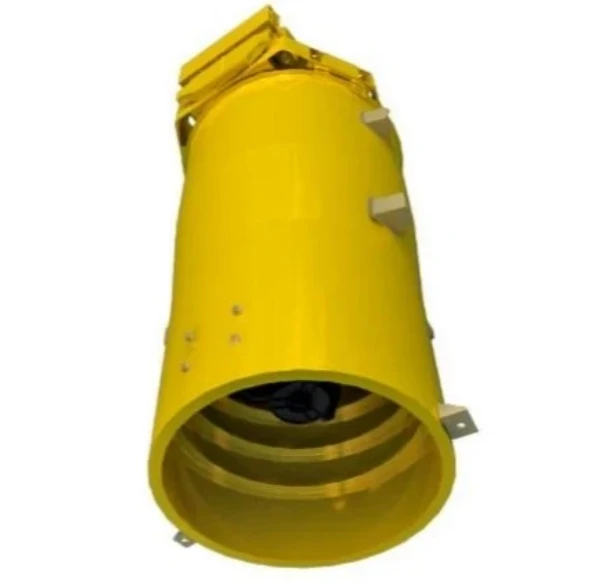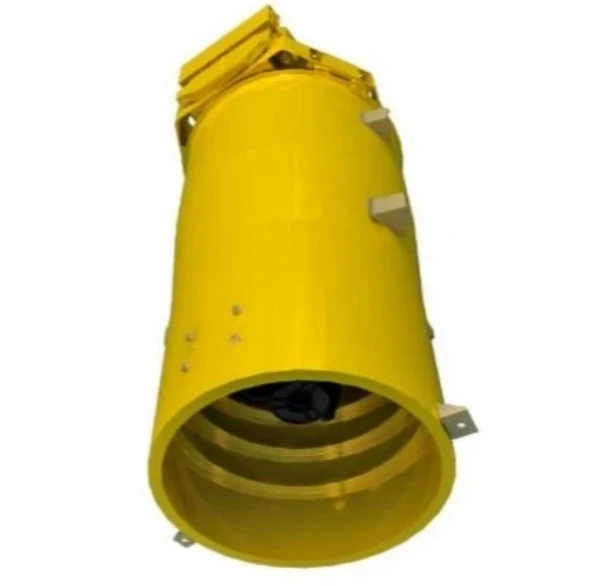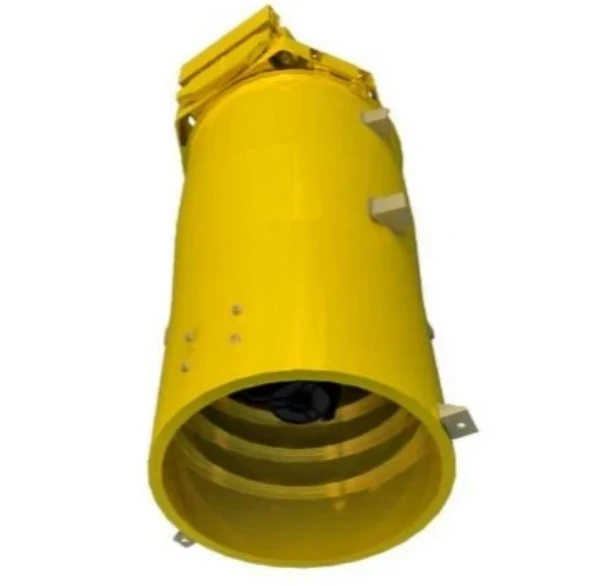
- Afrikaans
- Albanian
- Amharic
- Arabic
- Armenian
- Azerbaijani
- Basque
- Belarusian
- Bengali
- Bosnian
- Bulgarian
- Catalan
- Cebuano
- China
- Corsican
- Croatian
- Czech
- Danish
- Dutch
- English
- Esperanto
- Estonian
- Finnish
- French
- Frisian
- Galician
- Georgian
- German
- Greek
- Gujarati
- Haitian Creole
- hausa
- hawaiian
- Hebrew
- Hindi
- Miao
- Hungarian
- Icelandic
- igbo
- Indonesian
- irish
- Italian
- Japanese
- Javanese
- Kannada
- kazakh
- Khmer
- Rwandese
- Korean
- Kurdish
- Kyrgyz
- Lao
- Latin
- Latvian
- Lithuanian
- Luxembourgish
- Macedonian
- Malgashi
- Malay
- Malayalam
- Maltese
- Maori
- Marathi
- Mongolian
- Myanmar
- Nepali
- Norwegian
- Norwegian
- Occitan
- Pashto
- Persian
- Polish
- Portuguese
- Punjabi
- Romanian
- Russian
- Samoan
- Scottish Gaelic
- Serbian
- Sesotho
- Shona
- Sindhi
- Sinhala
- Slovak
- Slovenian
- Somali
- Spanish
- Sundanese
- Swahili
- Swedish
- Tagalog
- Tajik
- Tamil
- Tatar
- Telugu
- Thai
- Turkish
- Turkmen
- Ukrainian
- Urdu
- Uighur
- Uzbek
- Vietnamese
- Welsh
- Bantu
- Yiddish
- Yoruba
- Zulu
The Power of Satellite Remote Sensing: Unlocking Insights from Satellite Imagery
In today’s rapidly evolving world, understanding and analyzing large-scale environmental changes is essential for industries ranging from agriculture to disaster management. Remotely sensed satellite imagery plays a key role in providing the high-resolution data needed for such analyses. With the aid of satellite-based remote sensing, the collection of vital information about Earth’s surface is more efficient and accessible than ever before. Whether you need real-time data or historical images, satellite imagery in remote sensing offers unparalleled insights into our planet's dynamics.
What is Satellite-Based Remote Sensing?
Satellite-based remote sensing refers to the use of satellites equipped with various sensors to capture images and data from the Earth’s surface. These satellites orbit the planet, collecting information in multiple forms, including optical, infrared, and radar data. By remotely sensing the Earth, these satellites provide a global perspective of various environmental, atmospheric, and societal conditions.
In satellite-based remote sensing, sensors on the satellite record various wavelengths of light reflected off the Earth’s surface. These sensors enable the creation of detailed images, which can be processed into data to assess land use, monitor vegetation health, track weather patterns, and analyze other critical factors. The wide variety of sensors available on satellites, such as multispectral or hyperspectral sensors, helps gather extensive data on a global scale.
The Role of Satellite Imagery in Remote Sensing
Satellite imagery in remote sensing is the visual representation of the Earth’s surface captured from space. These images are collected by sensors onboard satellites that detect and record light reflected off the Earth. These images can be in different forms, including optical images (visible light), infrared, and even radar images, depending on the sensors used.
The value of satellite imagery in remote sensing lies in its ability to provide a broad and detailed view of the Earth's surface. For instance, agricultural fields can be monitored for crop health, urban development can be tracked, and environmental changes, such as deforestation or the effects of natural disasters, can be documented with precise detail. This imagery is crucial for researchers, governments, and businesses that rely on up-to-date, reliable data to make informed decisions.
Accessing Satellite Remote Sensing Data
Satellite remote sensing data provides a wealth of information about the Earth, collected from a variety of sources and satellites. These datasets include raw imagery and processed information that can reveal patterns, trends, and insights about the environment. Satellite remote sensing data is often made available through platforms provided by space agencies, such as NASA, the European Space Agency (ESA), and other commercial satellite operators.
For instance, satellites like Landsat and Sentinel have been providing continuous satellite data for decades, enabling long-term monitoring of changes on Earth. These datasets include imagery that can be used for environmental monitoring, land use mapping, disaster response, and more. Accessing satellite remote sensing data can often be done through government platforms, satellite companies, and open-access portals, where users can download images and metadata for specific areas and times.
How to Get Current Satellite Images?
To access current satellite images, various platforms and services offer up-to-date imagery. Public and commercial satellites alike capture data in real-time or near-real-time, allowing users to view the most current images of any location on Earth. One of the most commonly used sources for current satellite images is Google Earth Engine, where users can access a wide range of satellite imagery in remote sensing.
Alternatively, commercial satellite providers such as Planet Labs or Maxar offer high-resolution satellite imagery for various applications, from environmental monitoring to urban planning. These services typically allow users to request specific satellite images based on their needs, whether they require near real-time data or imagery from a particular time.
The Applications of Satellite Imagery in Remote Sensing
The applications of satellite imagery in remote sensing are vast and varied, covering numerous industries and sectors. In agriculture, satellite imagery can help monitor crop growth, assess irrigation needs, and detect pests or diseases. In disaster management, satellite imagery provides critical data to assess damage after natural disasters, enabling faster response and relief efforts.
For urban planning and infrastructure management, satellite-based remote sensing allows city planners to monitor urban expansion, track land use changes, and even analyze traffic patterns. Environmental monitoring, including tracking changes in forest cover, sea levels, and climate-related changes, also heavily relies on satellite imagery in remote sensing.
Satellite remote sensing data FAQs
What is remotely sensed satellite imagery?
Remotely sensed satellite imagery refers to images and data collected from satellites orbiting Earth. These satellites use sensors to capture light reflected off the Earth's surface, creating detailed visual representations of various environmental and societal conditions.
How does satellite-based remote sensing work?
Satellite-based remote sensing works by using sensors on satellites to capture data in multiple wavelengths, including visible, infrared, and radar. The data collected is then processed to create images and analyze environmental conditions, weather patterns, and other global changes.
What types of data are included in satellite remote sensing data?
Satellite remote sensing data includes raw images and processed data on various topics, including land use, vegetation health, weather, and atmospheric conditions. This data is vital for industries such as agriculture, environmental monitoring, urban planning, and disaster management.
How can I get current satellite images?
To access current satellite images, you can visit platforms such as Google Earth Engine, which provides up-to-date satellite imagery, or use commercial satellite services like Planet Labs or Maxar. These platforms allow users to request specific satellite images for real-time data.
What are the primary applications of satellite imagery in remote sensing?
Satellite imagery in remote sensing has applications across various industries, including agriculture, disaster management, urban planning, and environmental monitoring. It is used to track land use, assess crop health, monitor climate change, and respond to natural disasters.











